Parth Nagarkar
Experimental Analysis of Machine Learning Techniques for Finding Search Radius in Locality Sensitive Hashing
Nov 16, 2022Abstract:Finding similar data in high-dimensional spaces is one of the important tasks in multimedia applications. Approaches introduced to find exact searching techniques often use tree-based index structures which are known to suffer from the curse of the dimensionality problem that limits their performance. Approximate searching techniques prefer performance over accuracy and they return good enough results while achieving a better performance. Locality Sensitive Hashing (LSH) is one of the most popular approximate nearest neighbor search techniques for high-dimensional spaces. One of the most time-consuming processes in LSH is to find the neighboring points in the projected spaces. An improved LSH-based index structure, called radius-optimized Locality Sensitive Hashing (roLSH) has been proposed to utilize Machine Learning and efficiently find these neighboring points; thus, further improve the overall performance of LSH. In this paper, we extend roLSH by experimentally studying the effect of different types of famous Machine Learning techniques on overall performance. We compare ten regression techniques on four real-world datasets and show that Neural Network-based techniques are the best fit to be used in roLSH as their accuracy and performance trade-off are the best compared to the other techniques.
Deep Learning Driven Natural Languages Text to SQL Query Conversion: A Survey
Aug 08, 2022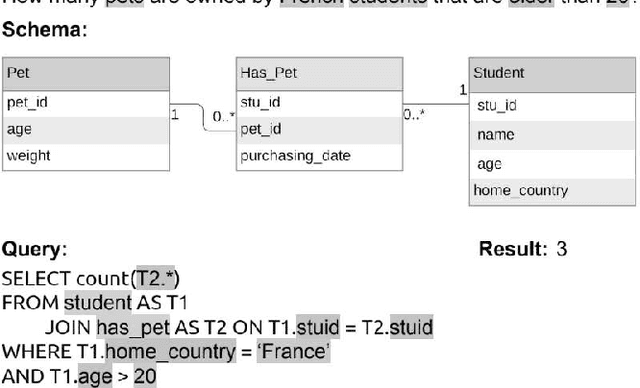

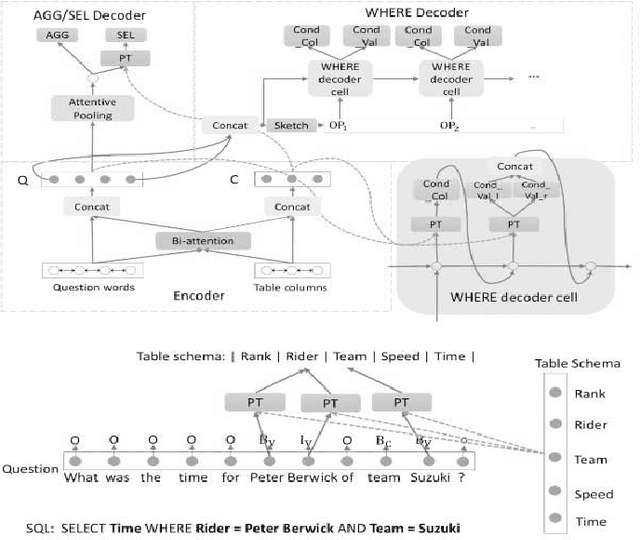
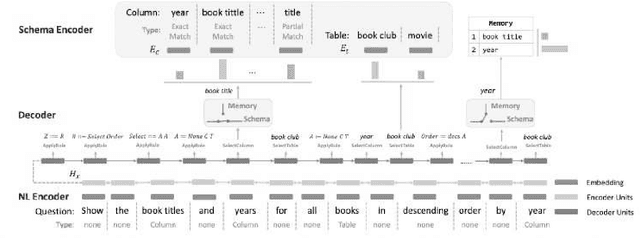
Abstract:With the future striving toward data-centric decision-making, seamless access to databases is of utmost importance. There is extensive research on creating an efficient text-to-sql (TEXT2SQL) model to access data from the database. Using a Natural language is one of the best interfaces that can bridge the gap between the data and results by accessing the database efficiently, especially for non-technical users. It will open the doors and create tremendous interest among users who are well versed in technical skills or not very skilled in query languages. Even if numerous deep learning-based algorithms are proposed or studied, there still is very challenging to have a generic model to solve the data query issues using natural language in a real-work scenario. The reason is the use of different datasets in different studies, which comes with its limitations and assumptions. At the same time, we do lack a thorough understanding of these proposed models and their limitations with the specific dataset it is trained on. In this paper, we try to present a holistic overview of 24 recent neural network models studied in the last couple of years, including their architectures involving convolutional neural networks, recurrent neural networks, pointer networks, reinforcement learning, generative models, etc. We also give an overview of the 11 datasets that are widely used to train the models for TEXT2SQL technologies. We also discuss the future application possibilities of TEXT2SQL technologies for seamless data queries.
A Survey on Machine Learning Techniques for Auto Labeling of Video, Audio, and Text Data
Sep 08, 2021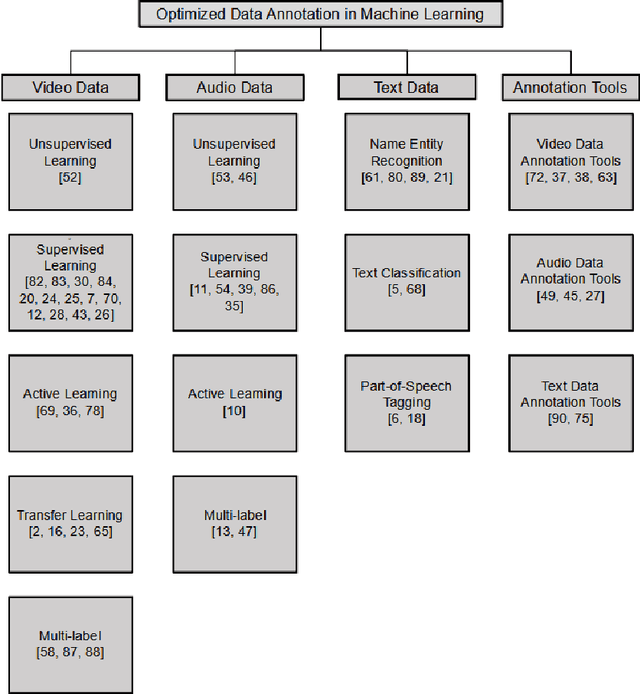
Abstract:Machine learning has been utilized to perform tasks in many different domains such as classification, object detection, image segmentation and natural language analysis. Data labeling has always been one of the most important tasks in machine learning. However, labeling large amounts of data increases the monetary cost in machine learning. As a result, researchers started to focus on reducing data annotation and labeling costs. Transfer learning was designed and widely used as an efficient approach that can reasonably reduce the negative impact of limited data, which in turn, reduces the data preparation cost. Even transferring previous knowledge from a source domain reduces the amount of data needed in a target domain. However, large amounts of annotated data are still demanded to build robust models and improve the prediction accuracy of the model. Therefore, researchers started to pay more attention on auto annotation and labeling. In this survey paper, we provide a review of previous techniques that focuses on optimized data annotation and labeling for video, audio, and text data.
A Survey of Performance Optimization in Neural Network-Based Video Analytics Systems
May 10, 2021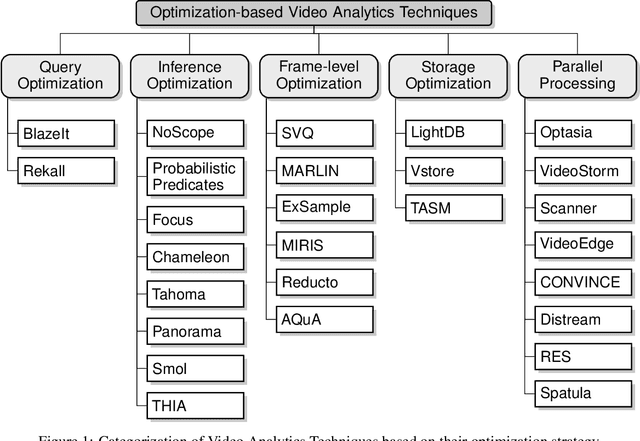
Abstract:Video analytics systems perform automatic events, movements, and actions recognition in a video and make it possible to execute queries on the video. As a result of a large number of video data that need to be processed, optimizing the performance of video analytics systems has become an important research topic. Neural networks are the state-of-the-art for performing video analytics tasks such as video annotation and object detection. Prior survey papers consider application-specific video analytics techniques that improve accuracy of the results; however, in this survey paper, we provide a review of the techniques that focus on optimizing the performance of Neural Network-Based Video Analytics Systems.
 Add to Chrome
Add to Chrome Add to Firefox
Add to Firefox Add to Edge
Add to Edge